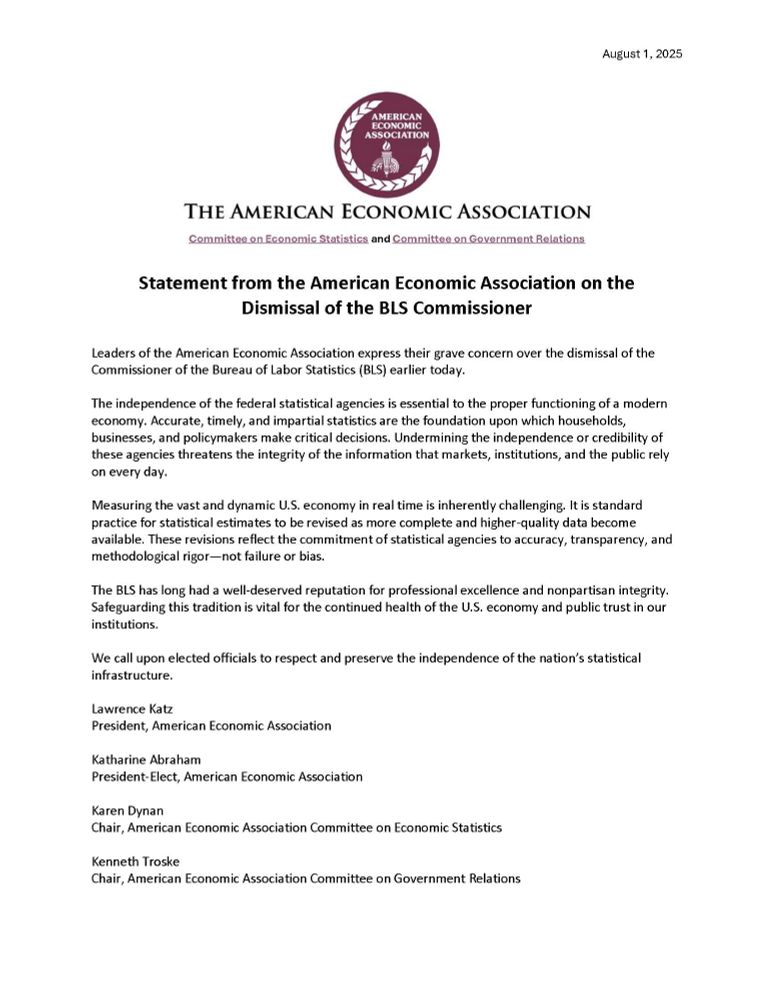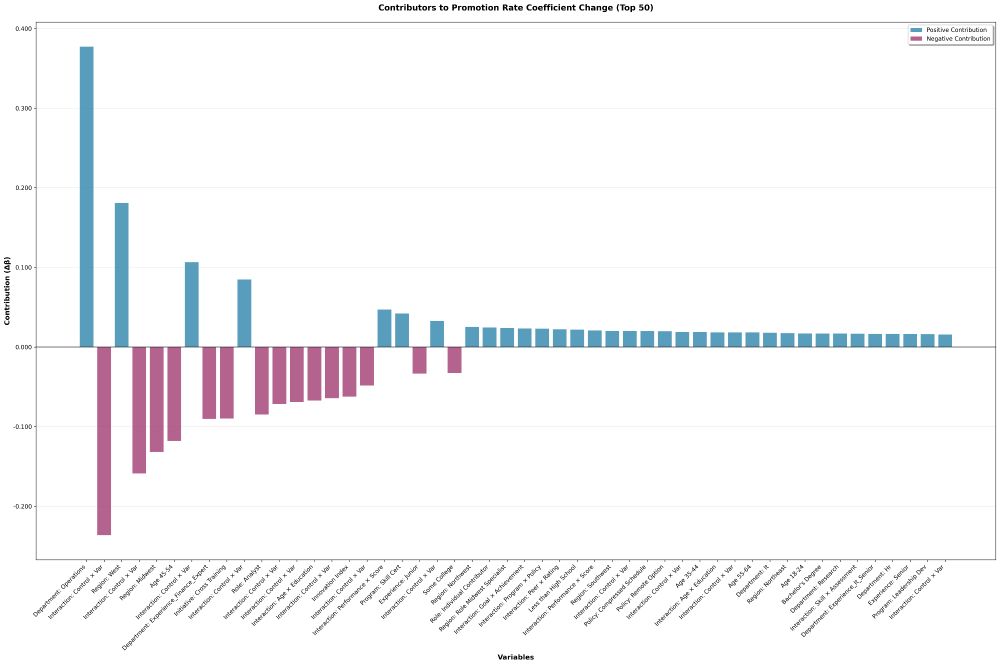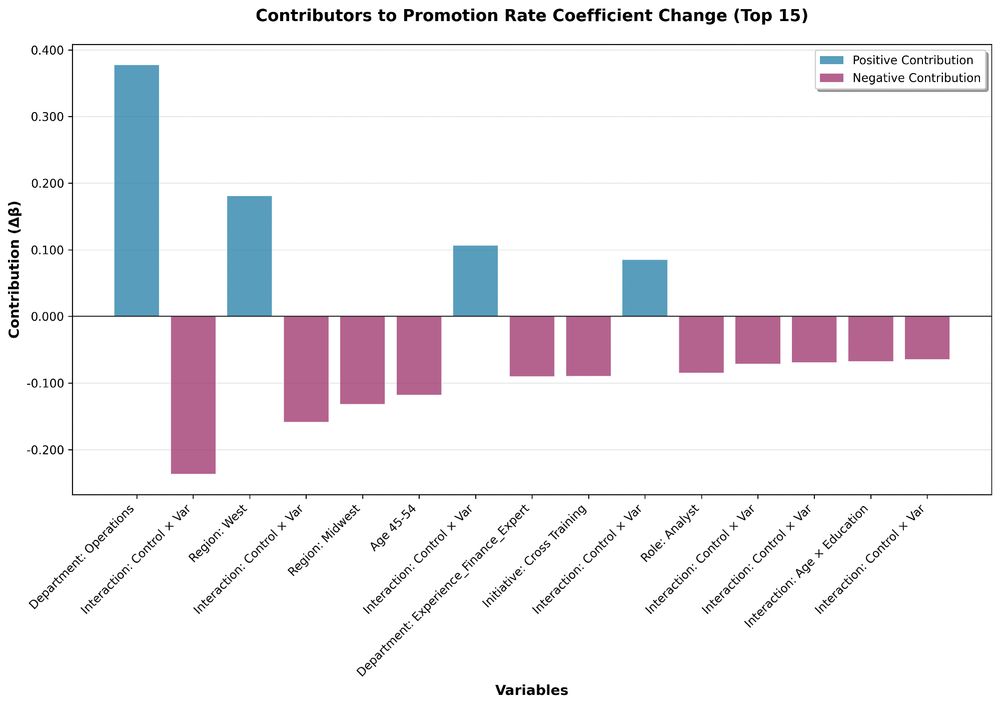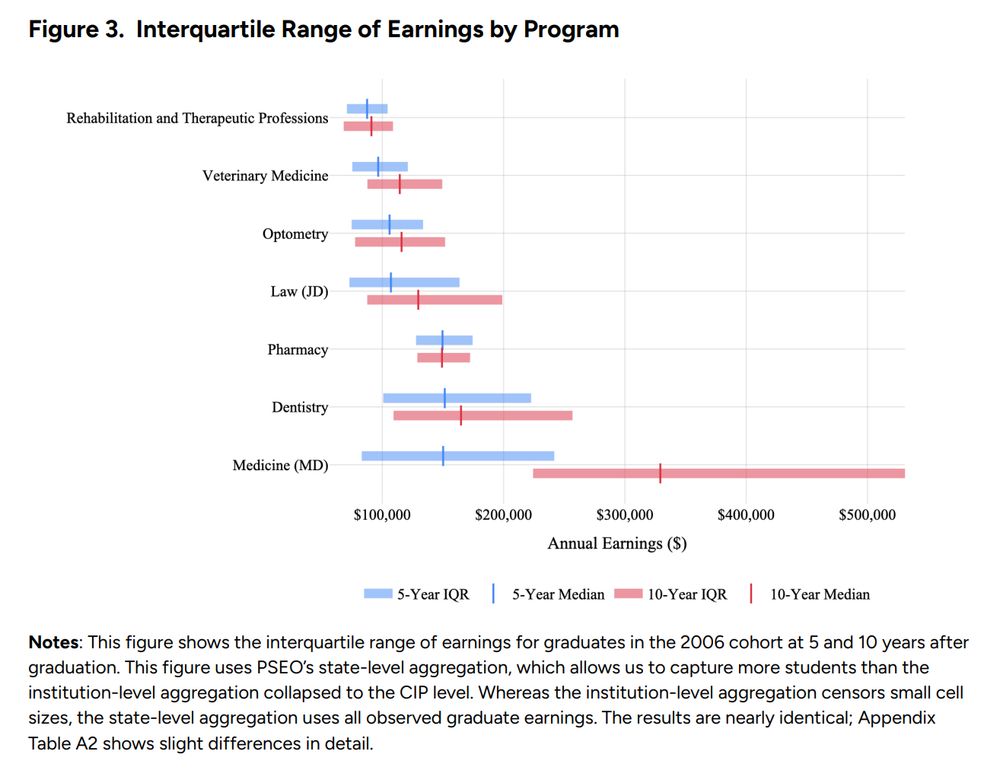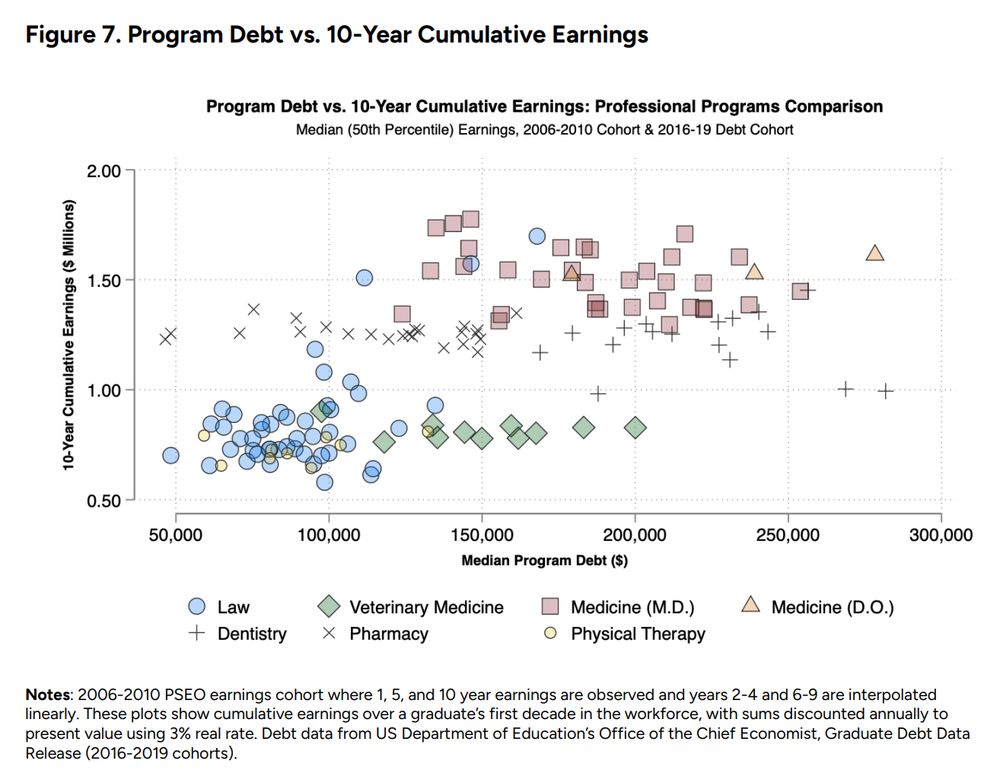CJ Libassi
@clibassi.bsky.social
880 followers
530 following
80 posts
phd student in econ and ed at EPSAatTC. formerly: SMPAGWU, College Board, CAPhighered, edpolicyford, ComunidadMadrid, pgcps.
Posts
Media
Videos
Starter Packs
Reposted by CJ Libassi
CJ Libassi
@clibassi.bsky.social
· Aug 18
CJ Libassi
@clibassi.bsky.social
· Aug 16
Reposted by CJ Libassi
CJ Libassi
@clibassi.bsky.social
· Aug 12
CJ Libassi
@clibassi.bsky.social
· Aug 12
CJ Libassi
@clibassi.bsky.social
· Aug 12
Reposted by CJ Libassi
Reposted by CJ Libassi
CJ Libassi
@clibassi.bsky.social
· Jul 31
Reposted by CJ Libassi
CJ Libassi
@clibassi.bsky.social
· Jul 8
Reposted by CJ Libassi
Clare McCann
@claremccann.bsky.social
· Jul 2
Reposted by CJ Libassi
CJ Libassi
@clibassi.bsky.social
· Jun 30
CJ Libassi
@clibassi.bsky.social
· Jun 30


![Running dbreg::dbreg() on a full year of NYC taxi data... and it takes less than 2 seconds.
dbreg(
tip_amount ~ fare_amount + passenger_count | month + vendor_name,
path = "read_parquet('nyc-taxi/**/*.parquet')", ## path to hive-partitioned dataset
vcov = "hc1"
)
#> [dbreg] Estimating compression ratio...
#> [dbreg] Data has 178,544,324 rows and 24 unique FE groups.
#> [dbreg] Using strategy: compress
#> [dbreg] Executing compress strategy SQL
#>
#> Compressed OLS estimation, Dep. Var.: tip_amount
#> Observations.: 178,544,324 (original) | 70,782 (compressed)
#> Standard Errors: Heteroskedasticity-robust
#> Estimate Std. Error t value Pr(>|t|)
#> fare_amount 0.106744 0.000068 1564.742 < 2.2e-16 ***
#> passenger_count -0.029086 0.000106 -273.866 < 2.2e-16 ***
#> ---
#> Signif. codes: 0 '***' 0.001 '**' 0.01 '*' 0.05 '.' 0.1 ' ' 1](https://cdn.bsky.app/img/feed_thumbnail/plain/did:plc:qww63z2t5rrhniusz5x7gk23/bafkreiajmnp6jiaycebutwid2lxx57hrz3zc3qp2p5ijnoqiyqag34xpe4@jpeg)

